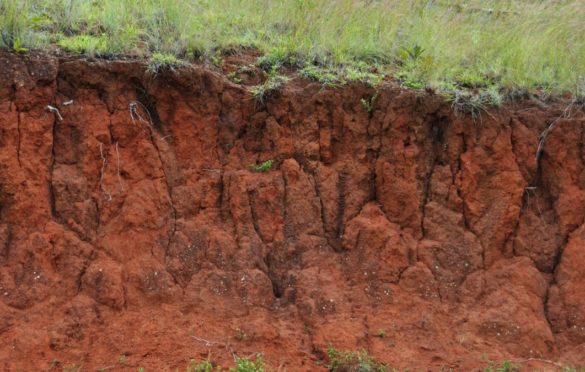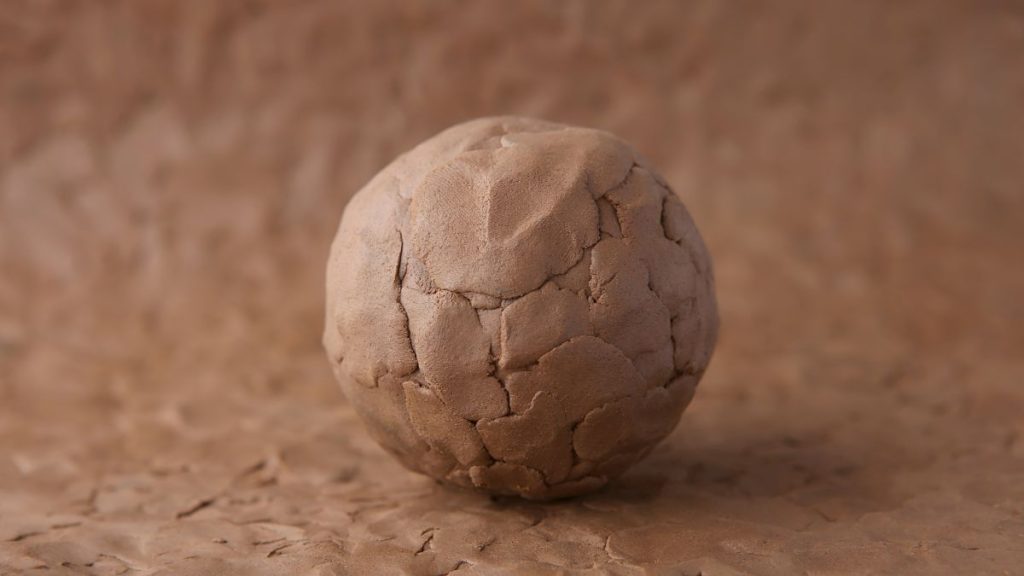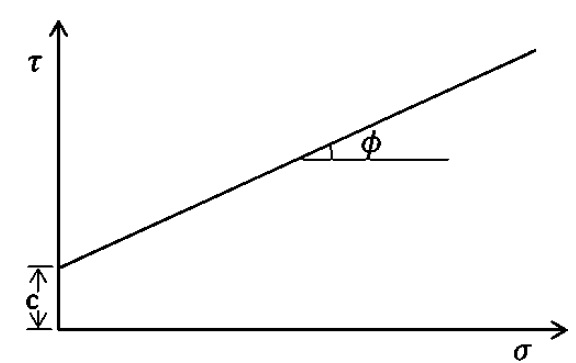Cohesive Soils

What are Cohesive Soils?
Cohesive soils are fine-grained, low-strength, and easily deformable soils that have a tendency for particles to adhere.
The soil is classified as cohesive if the amount of fines (silt and clay-sized material) exceeds 50% by weight. Examples of cohesive soils include sandy clay, silty clay, clayey silt, and organic clay.

Characteristics
Cohesive soils have significant cohesive strength and exhibit plasticity. Cohesion between soil particles comes from three major sources, cementation, electrostatic and electromagnetic attraction, and primary valence bonding and adhesion (Mitchell and Soga 2005).
The structure of clay in cohesive soil has a great influence in the engineering behavior of soils. The structure of soil refers to the geometric arrangement of soil or mineral particles and depends on genetic, chemical, mineralogical characteristic, as well as past stress conditions of the soil. Interparticle force also influences the soil structure.
For cohesive soils, interparticle force is much higher than in noncohesive soils. Most natural clay has highly oriented and dispersed structure due to tectonic activity, by sliding, or by construction activities such as compaction (Terzaghi et al. 1996).
Most commonly used characteristics for cohesive soils are boundaries of fine-stratification, grain-size distribution, consistency limits, maximum and minimum density, specific gravity, organic matter, moisture content, dry density, porosity, permeability, void ratio, compression index, and shear strength.
The quality of cohesive soil samples is critical for the best geotechnical information and for planning the safe and economic design of structures. Some disturbance sources such as in-situ stress, mechanical disturbance, and rebound are difficult to avoid when obtaining an undisturbed sample. Erodibility of cohesive soils is attributed to in-situ condition and properties related to soil history (Kimiaghalam et al. 2016).
Cohesion and internal friction are strength parameters of soils. The stress-independent component of shear strength is intrinsic cohesion, and the stress-dependent component is the angle of internal friction (Holtz et al. 2011). Coulomb’s equation is used to determine the shear strength of soil (Eq. 1, Fig. 1):

Mohr-Coulomb failure criterion is the commonly used strength criterion applied to soils (Holtz et al. 2011) and is expressed as:


The shear strength of cohesive soils is divided into three groups: undrained shear strength, drained shear strength, and drained residual shear strength (Day 2012). Undrained shear strength refers to a shearing condition wherewater neither enters nor leaves the cohesive soil.
Undrained shear strength tests are frequently used in design analysis. Drained shear strength tests allow pore pressure to dissipate completely during the shearing condition. Drained residual shear strength tests are performed for cohesive soils to find the remaining shear strength after a considerable amount of shear deformation has occurred.

